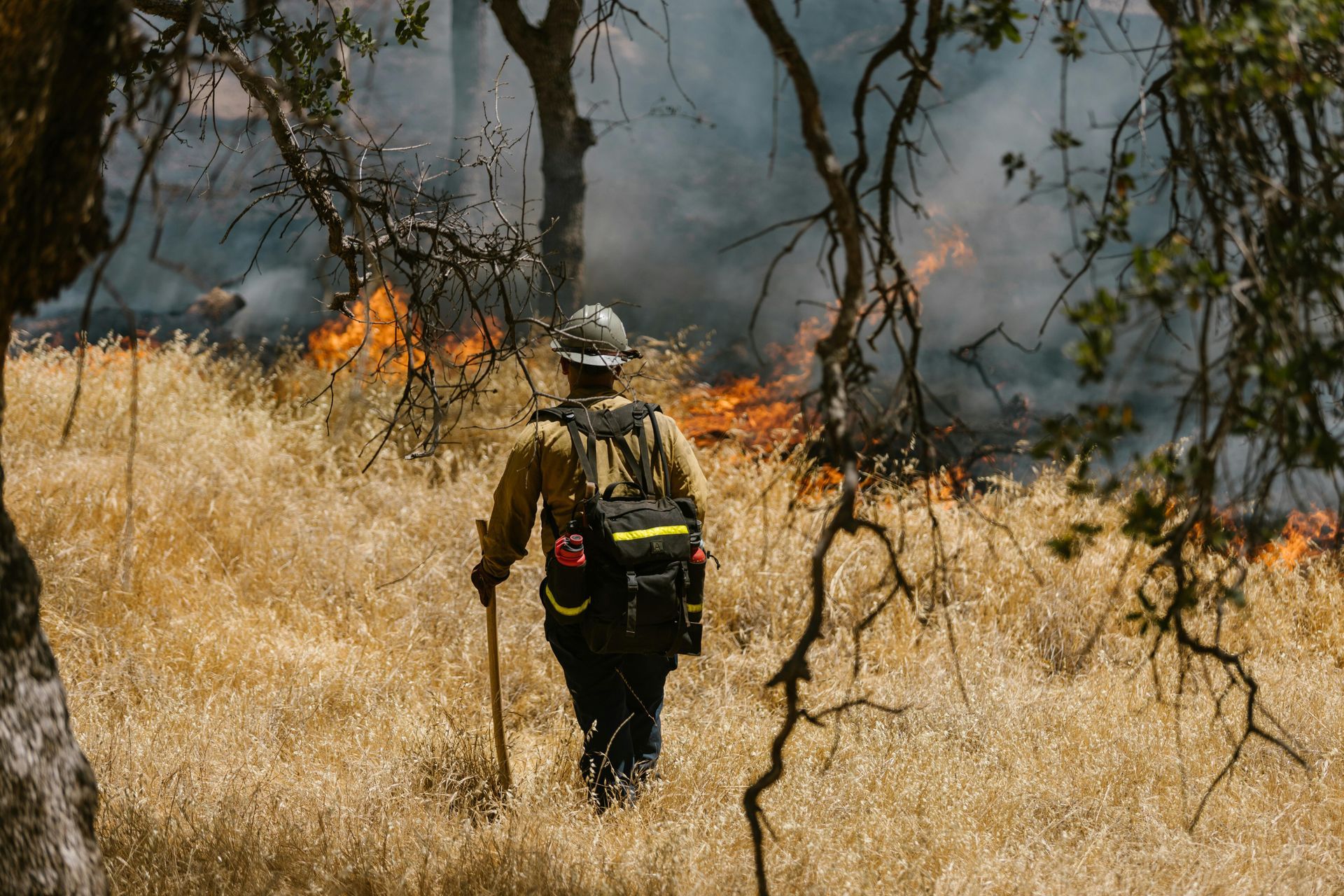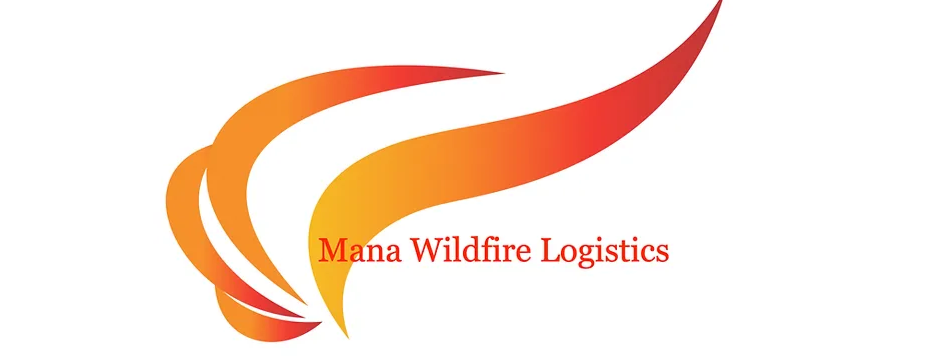How to Raise Awareness About Fire Safety and Wildfire Prevention
Wildfires have become an increasing threat in many parts of the world, especially in regions like the Western United States, Australia, and Southern Europe. With longer fire seasons, more frequent fires, and greater devastation, the need to promote fire safety and wildfire prevention has never been more urgent. But as individuals and communities, what can we do to raise awareness and help prevent wildfires? Whether you live in a fire-prone area or not, there are many actions you can take to make a difference.

Here are some effective ways to raise awareness about fire safety and wildfire prevention:
1. Educate Yourself and Share Knowledge
The first step in raising awareness is to educate yourself about wildfire prevention and fire safety. Learn the key causes of wildfires, such as unattended campfires, discarded cigarettes, and improperly managed debris burning. Understand fire-prone weather conditions and the importance of creating defensible space around homes in vulnerable areas.
Once you’ve familiarized yourself with the basics, share this knowledge with your friends, family, and local community. Whether through social media, community meetings, or casual conversations, spreading the word about fire safety can have a significant impact. When people understand the risks and the steps they can take to prevent wildfires, they’re more likely to act responsibly.
Key Points to Share:
- Never leave a fire unattended.
- Clear dry vegetation around homes.
- Avoid outdoor burning during windy or dry conditions.
- Properly extinguish campfires and dispose of cigarettes.
- Prepare an emergency evacuation plan.
2. Host or Attend Community Workshops
Hosting or attending a local fire safety workshop is a great way to bring your community together and raise awareness. Fire departments, local government agencies, and environmental organizations often host wildfire prevention workshops that provide valuable information on how to protect homes, property, and lives. If no workshops are scheduled in your area, you can organize one by partnering with local experts, fire marshals, or organizations that specialize in fire safety.
At these workshops, topics like fire-resistant building materials, defensible space creation, evacuation planning, and fire safety technology can be discussed in depth. You can also invite professionals to demonstrate hands-on techniques, such as how to clear brush and maintain safe landscaping.
3. Leverage Social Media for Fire Safety Messaging
Social media is an incredibly powerful tool for raising awareness. With millions of people using platforms like Facebook, Instagram, Twitter, and TikTok, you can reach a wide audience with the right message. Use social media to share fire safety tips, important wildfire prevention reminders, and real-time updates on local fire conditions.
Here’s how to get started:
- Create eye-catching graphics that highlight key fire prevention tips. Tools like Canva or Adobe Spark make it easy to design visually appealing posts.
- Share stories of communities impacted by wildfires to emphasize the importance of taking preventive measures.
- Post videos explaining how to properly extinguish campfires, safely burn debris, or create defensible space.
- Use hashtags such as #FireSafety, #WildfirePrevention, #BeFireWise, and #ProtectOurForests to join broader awareness campaigns and engage with a larger audience.
4. Organize a Community Cleanup Event
One of the most effective ways to reduce the risk of wildfires is by removing excess vegetation, dead trees, and other combustible materials that can serve as fuel for fires. Organizing a community cleanup event is a hands-on way to raise awareness while directly reducing wildfire risk in your local area.
Partner with your local government, fire department, or environmental groups to organize a “firewise” cleanup day. Promote the event through local bulletin boards, social media, and community groups. During the event, participants can help clear brush, remove dead vegetation, and clean up areas near homes and public spaces that are vulnerable to fire.
Not only will this activity help reduce fire risk, but it will also foster a sense of community responsibility and encourage ongoing participation in fire prevention efforts.
5. Engage Local Schools and Youth Groups
Educating younger generations about wildfire prevention is key to building a fire-safe culture in the long term. Partnering with local schools, scout groups, or other youth organizations to host fire safety presentations or activities is a great way to get children and teens involved in the cause.
Ideas for school and youth group engagement:
- Interactive Lessons: Organize age-appropriate lessons about fire safety and the importance of wildfire prevention. Use games, storytelling, and hands-on demonstrations to make the learning experience engaging.
- Poster Contests: Hold a poster contest where students create artwork around the theme of fire safety. Display the winning posters in public spaces or online to raise awareness.
- Field Trips: Arrange field trips to local fire stations or nearby forests where students can learn directly from firefighters and forestry professionals about wildfire prevention and response.
By engaging youth, you’ll not only raise awareness but also create young fire safety advocates who will share their knowledge with their families and communities.
6. Support Fire-Resilient Landscaping Initiatives
Landscaping plays a critical role in reducing the risk of wildfires around homes and businesses. Advocate for fire-resilient landscaping practices in your community by sharing resources on how to use fire-resistant plants, clear dead vegetation, and maintain safe zones around buildings.
Consider partnering with local garden centers, nurseries, or landscape architects to offer firewise landscaping consultations or workshops. Homeowners will learn how to modify their gardens and yards to reduce fire risk while still maintaining beautiful outdoor spaces. This initiative can be promoted through local homeowner associations, community centers, or environmental organizations.
7. Collaborate with Local Businesses
Local businesses can play a pivotal role in spreading fire safety messages. Partner with businesses in your community to promote wildfire prevention through signage, brochures, and fire safety reminders at points of sale. You can also work with businesses that offer products or services related to fire safety (such as hardware stores or landscape companies) to host promotions or sponsor fire safety events.
By engaging local businesses, you can tap into a wider network of community members and help amplify your message. Additionally, small businesses can contribute to fire safety efforts by educating their customers and offering relevant products like fire extinguishers, garden hoses, and fire-resistant materials.
8. Advocate for Fire-Resistant Building Codes and Policies
Raising awareness about fire safety often goes hand-in-hand with advocating for long-term change.
Encourage local government officials and policymakers to adopt and enforce fire-resistant building codes in fire-prone areas. These codes might include requirements for fire-resistant roofing materials, ember-resistant vents, and defensible space around structures.
You can also advocate for local ordinances that limit activities that pose a fire risk, such as banning outdoor burning during high fire danger or implementing community-wide vegetation management programs.
Attend town hall meetings, write letters to local representatives, or start a petition to push for fire safety policies that will help protect your community.
9. Prepare for Fire Season with Public Awareness Campaigns
Leading up to fire season, organize public awareness campaigns that remind your community to prepare their homes, develop evacuation plans, and stay informed about fire conditions. You can coordinate these campaigns with local fire departments, emergency management agencies, and community organizations.
These campaigns should focus on actionable steps people can take, such as:
- Creating defensible space around their homes.
- Packing emergency kits with essentials.
- Signing up for local emergency alerts.
- Developing a family evacuation plan.
Use a combination of methods—such as flyers, social media, local news, and public service announcements—to reach as many people as possible.
10. Support and Volunteer with Wildfire Prevention Organizations
Lastly, you can make a lasting impact by supporting organizations dedicated to wildfire prevention and response. Many non-profits, government agencies, and environmental groups are working tirelessly to raise awareness, educate the public, and implement wildfire prevention programs.
You can contribute by:
- Donating to wildfire prevention efforts.
- Volunteering for fire-safe programs or cleanup initiatives.
- Participating in fundraising events that support firefighting and wildfire recovery efforts.
By supporting these organizations, you’ll be helping them continue their critical work and expand their outreach.
Conclusion:
Raising awareness about fire safety and wildfire prevention is essential in today’s world, where wildfires are becoming more frequent and destructive. Whether through education, community action, social media, or advocacy, everyone has a role to play in promoting fire safety and protecting vulnerable landscapes and communities.
By taking proactive steps and encouraging others to do the same, we can work together to reduce the risk of wildfires and help safeguard our homes, families, and ecosystems for future generations. Remember, every bit of awareness raised could prevent the next fire from starting


